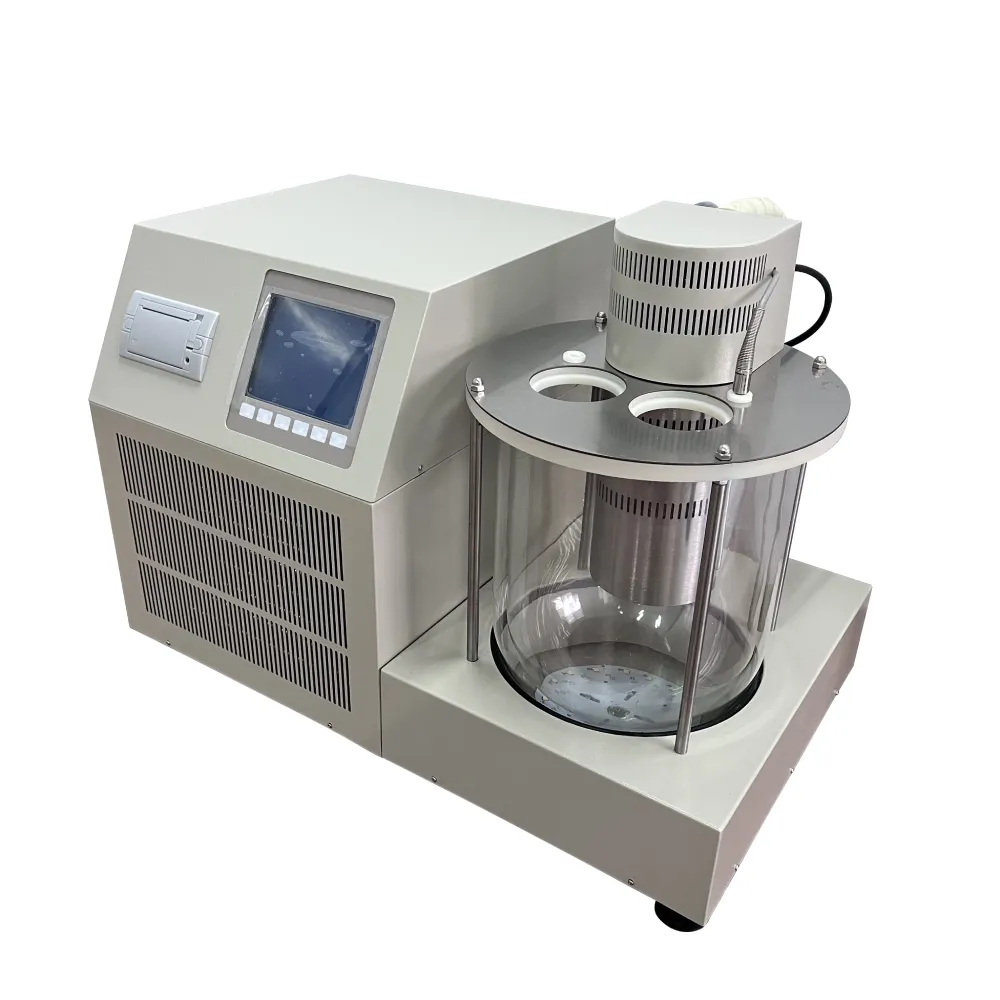TEL:
+86-0312-3189593
 English
English

Telephone:0312-3189593

Email:sales@oil-tester.com

-
 Afrikaans
Afrikaans -
 Albanian
Albanian -
 Amharic
Amharic -
 Arabic
Arabic -
 Armenian
Armenian -
 Azerbaijani
Azerbaijani -
 Basque
Basque -
 Belarusian
Belarusian -
 Bengali
Bengali -
 Bosnian
Bosnian -
 Bulgarian
Bulgarian -
 Catalan
Catalan -
 Cebuano
Cebuano -
 China
China -
 China (Taiwan)
China (Taiwan) -
 Corsican
Corsican -
 Croatian
Croatian -
 Czech
Czech -
 Danish
Danish -
 Dutch
Dutch -
 English
English -
 Esperanto
Esperanto -
 Estonian
Estonian -
 Finnish
Finnish -
 French
French -
 Frisian
Frisian -
 Galician
Galician -
 Georgian
Georgian -
 German
German -
 Greek
Greek -
 Gujarati
Gujarati -
 Haitian Creole
Haitian Creole -
 hausa
hausa -
 hawaiian
hawaiian -
 Hebrew
Hebrew -
 Hindi
Hindi -
 Miao
Miao -
 Hungarian
Hungarian -
 Icelandic
Icelandic -
 igbo
igbo -
 Indonesian
Indonesian -
 irish
irish -
 Italian
Italian -
 Japanese
Japanese -
 Javanese
Javanese -
 Kannada
Kannada -
 kazakh
kazakh -
 Khmer
Khmer -
 Rwandese
Rwandese -
 Korean
Korean -
 Kurdish
Kurdish -
 Kyrgyz
Kyrgyz -
 Lao
Lao -
 Latin
Latin -
 Latvian
Latvian -
 Lithuanian
Lithuanian -
 Luxembourgish
Luxembourgish -
 Macedonian
Macedonian -
 Malgashi
Malgashi -
 Malay
Malay -
 Malayalam
Malayalam -
 Maltese
Maltese -
 Maori
Maori -
 Marathi
Marathi -
 Mongolian
Mongolian -
 Myanmar
Myanmar -
 Nepali
Nepali -
 Norwegian
Norwegian -
 Norwegian
Norwegian -
 Occitan
Occitan -
 Pashto
Pashto -
 Persian
Persian -
 Polish
Polish -
 Portuguese
Portuguese -
 Punjabi
Punjabi -
 Romanian
Romanian -
 Russian
Russian -
 Samoan
Samoan -
 Scottish Gaelic
Scottish Gaelic -
 Serbian
Serbian -
 Sesotho
Sesotho -
 Shona
Shona -
 Sindhi
Sindhi -
 Sinhala
Sinhala -
 Slovak
Slovak -
 Slovenian
Slovenian -
 Somali
Somali -
 Spanish
Spanish -
 Sundanese
Sundanese -
 Swahili
Swahili -
 Swedish
Swedish -
 Tagalog
Tagalog -
 Tajik
Tajik -
 Tamil
Tamil -
 Tatar
Tatar -
 Telugu
Telugu -
 Thai
Thai -
 Turkish
Turkish -
 Turkmen
Turkmen -
 Ukrainian
Ukrainian -
 Urdu
Urdu -
 Uighur
Uighur -
 Uzbek
Uzbek -
 Vietnamese
Vietnamese -
 Welsh
Welsh -
 Bantu
Bantu -
 Yiddish
Yiddish -
 Yoruba
Yoruba -
 Zulu
Zulu
فېۋرال . 11, 2025 20:27
Back to list
resistance test on transformer
Resistance testing on transformers is a critical procedure that ensures the operational efficiency and safety of electrical systems. At its core, this testing identifies potential problems before they escalate, minimizing downtime and extending the lifespan of the equipment.
Moreover, documentation is an indispensable component of resistance testing. Recording initial measurements provides a baseline. Over time, regular tests can highlight trends, enabling predictive maintenance and proactive problem-solving. This can be an invaluable asset for facilities management, enhancing the resilience of the power distribution infrastructure. In addition to understanding the technical nuances, transformer resistance testing also necessitates specialized expertise and training. It is the responsibility of the testing team to follow international standards such as IEEE and IEC guidelines, ensuring it's executed correctly and safely. These guidelines provide structured methodologies for accurate testing, which inherently boosts trustworthiness in the test outcomes. Furthermore, maintaining high standards of safety during testing is non-negotiable. Technicians need to employ the necessary safety gear and adhere strictly to established safety protocols. A misjudgment could lead to severe occupational hazards or equipment damage. Hence, comprehensive training programs and certifications for electrical professionals handling transformers are highly recommended, reinforcing both safety and expertise. The practice of resistance testing is not only about accurate measurements and safety. It's about ensuring customers and businesses experience minimal disruptions by reducing unexpected power outages. This reliability factor significantly enhances the perceived authoritativeness and trustworthiness of the service providers involved. In conclusion, resistance test on transformers is indispensable for predictive maintenance and operational excellence. By adhering to best practices, utilizing the correct equipment, and following international standards, businesses can ensure their power distribution systems are stable and efficient. Regular resistance testing secures the future of energy flow, safeguarding both infrastructure investments and end-user satisfaction.


Moreover, documentation is an indispensable component of resistance testing. Recording initial measurements provides a baseline. Over time, regular tests can highlight trends, enabling predictive maintenance and proactive problem-solving. This can be an invaluable asset for facilities management, enhancing the resilience of the power distribution infrastructure. In addition to understanding the technical nuances, transformer resistance testing also necessitates specialized expertise and training. It is the responsibility of the testing team to follow international standards such as IEEE and IEC guidelines, ensuring it's executed correctly and safely. These guidelines provide structured methodologies for accurate testing, which inherently boosts trustworthiness in the test outcomes. Furthermore, maintaining high standards of safety during testing is non-negotiable. Technicians need to employ the necessary safety gear and adhere strictly to established safety protocols. A misjudgment could lead to severe occupational hazards or equipment damage. Hence, comprehensive training programs and certifications for electrical professionals handling transformers are highly recommended, reinforcing both safety and expertise. The practice of resistance testing is not only about accurate measurements and safety. It's about ensuring customers and businesses experience minimal disruptions by reducing unexpected power outages. This reliability factor significantly enhances the perceived authoritativeness and trustworthiness of the service providers involved. In conclusion, resistance test on transformers is indispensable for predictive maintenance and operational excellence. By adhering to best practices, utilizing the correct equipment, and following international standards, businesses can ensure their power distribution systems are stable and efficient. Regular resistance testing secures the future of energy flow, safeguarding both infrastructure investments and end-user satisfaction.
Previous:
Latest news
-
Testing Equipment Industry Sees Major Advancements in 2025: Smart & Precision Technologies Lead the WayNewsJun.06,2025
-
Applications of Direct Current Generators in Renewable Energy SystemsNewsJun.05,2025
-
Hipot Tester Calibration and Accuracy GuidelinesNewsJun.05,2025
-
Digital Circuit Breaker Analyzer Features and BenefitsNewsJun.05,2025
-
Benefits of Real-Time Power Quality Monitoring Devices for Industrial EfficiencyNewsJun.05,2025
-
Earth Fault Loop Testing in High-Rise Building Electrical SystemsNewsJun.05,2025



